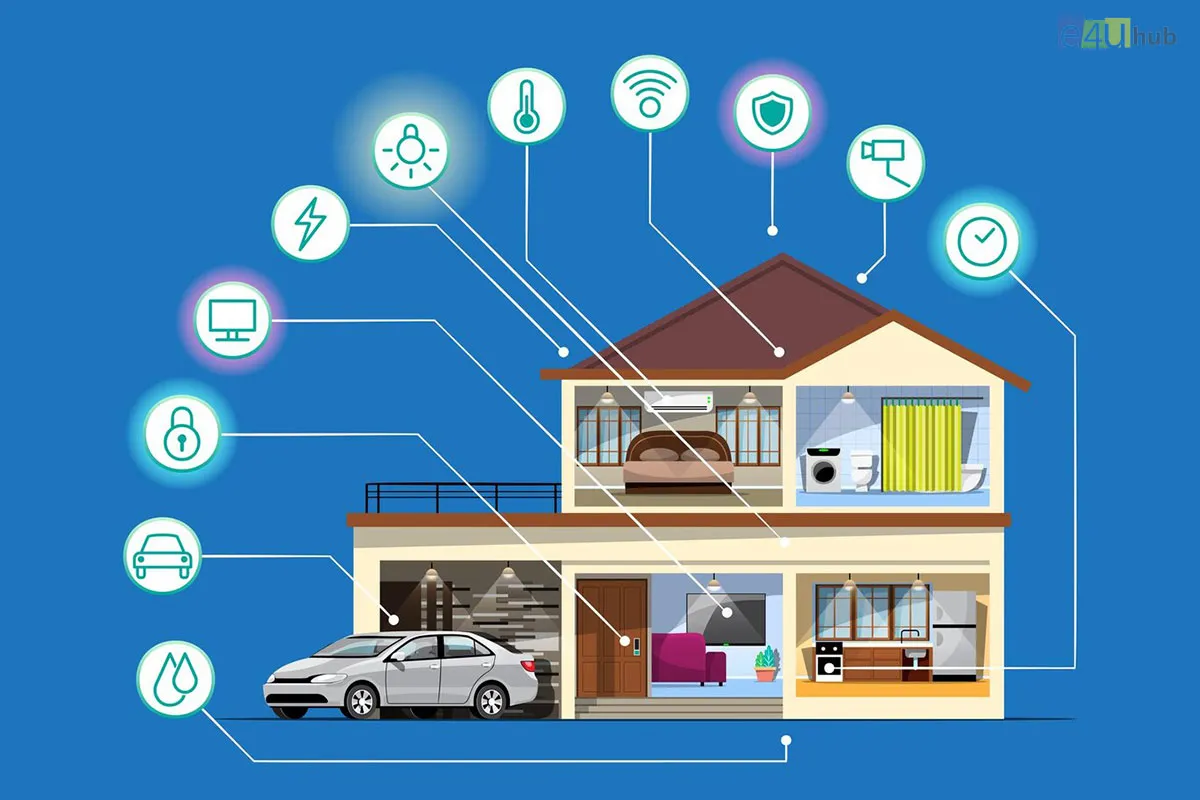
RASP Security Vs Traditional Security- Understanding The Differences
- 31 Dec, 2023
- Tech
- 378 Views
- 0 Comments
In the ever-evolving landscape of cybersecurity, the need for robust and effective security measures is more critical than ever. Traditional security approaches have long been the go-to, but a rising star on the horizon is Runtime Application Self-Protection (RASP). In this blog post, we'll delve into the realm of cybersecurity, exploring the key differences between RASP security and traditional security methods.
a. Understanding Traditional Security:
1. Reactive Nature:
Traditional security models, including firewalls and intrusion detection systems, operate reactively. They aim to identify and block malicious activity based on predefined signatures or patterns.
2. Perimeter-Focused:
Traditional security often relies on perimeter defenses, aiming to protect the outer boundaries of a network. Once these defenses are breached, the system may become vulnerable.
3. Signature-Based Detection:
Signature-based detection is a cornerstone of traditional security. It involves recognizing known patterns of malicious code or behavior. While effective against known threats, it may struggle with new and sophisticated attacks.
4. Resource Intensive:
Traditional security solutions can be resource-intensive, impacting system performance and requiring regular updates to keep pace with emerging threats.
b. Introducing RASP Security:
1. Proactive Protection:
RASP takes a proactive approach by integrating security directly into the application runtime environment. This allows for real-time threat detection and response during application execution.
2. Application-Centric:
Unlike traditional security, RASP is application-centric, focusing on protecting the application itself rather than relying solely on perimeter defenses. This makes it highly effective in distributed and cloud-based environments.
3. Behavioral Analysis:
RASP relies on behavioral analysis, monitoring the application's behavior in real-time. It can detect abnormal patterns or deviations from the expected behavior, offering a more dynamic defense mechanism.
4. Reduced False Positives:
By focusing on the application's behavior, RASP solutions aim to reduce false positives compared to traditional security, which may block legitimate activities based on predefined signatures.
c. Choosing the Right Defense:
1. Adaptive Security:
RASP adapts to the evolving threat landscape, providing adaptive security that grows with the application and addresses emerging risks.
2. Real-Time Response:
RASP offers real-time response capabilities, allowing it to detect and respond to threats as they happen, minimizing potential damage.
3. Integration with DevOps:
RASP seamlessly integrates with DevOps processes, facilitating continuous security in the development lifecycle. This is crucial in today's agile and fast-paced development environments.
4. Comprehensive Protection:
While traditional security plays a vital role, RASP provides an additional layer of comprehensive protection, especially for modern applications and environments.
Conclusion:
In the ongoing battle against cyber threats, the choice between RASP security and traditional security depends on various factors, including the nature of the applications, the threat landscape, and organizational priorities. While traditional security measures remain relevant, the proactive and application-centric nature of RASP offers a compelling alternative. Understanding these differences is crucial for organizations seeking to fortify their defenses in an increasingly digital and interconnected world.















Leave a Reply